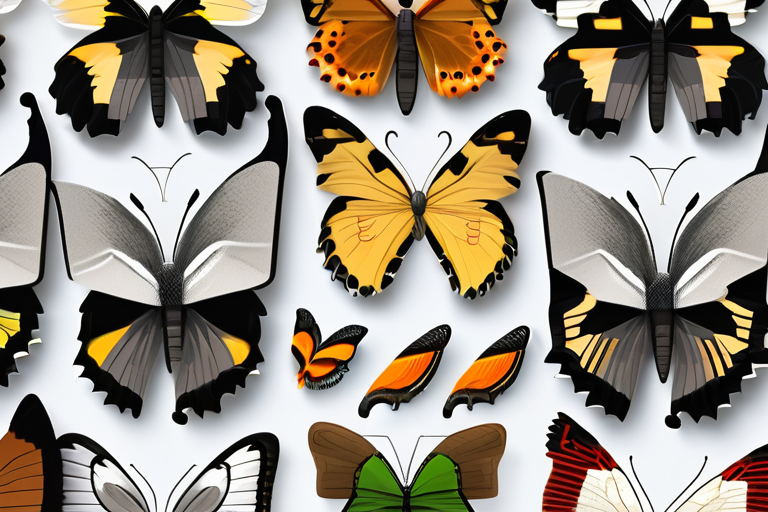Butterfly Populations Fade to Gray as Deforestation Accelerates Worldwide


Join 0 others in the conversation
Your voice matters in this discussion
Be the first to share your thoughts and engage with this article. Your perspective matters!
Discover articles from our community

 Hoppi
Hoppi

 Hoppi
Hoppi

 Hoppi
Hoppi

 Hoppi
Hoppi

 Hoppi
Hoppi

 Hoppi
Hoppi

U.S. Military Launches Multiple Strikes Against Boat Near Venezuela, Killing Survivors Who Had Initially Escaped Initial Attack In a shocking …

Hoppi

Breaking News: Devastating Earthquake Strikes Eastern Afghanistan A magnitude 6 earthquake struck eastern Afghanistan on the night of August 31, …

Hoppi

Vox Press RoomVox Announces Elias Isquith Joins as Senior Editor for Policy, Politics, and Ideasby Vox CommunicationsAug 28, 2025, 1:00 …

Hoppi

Israel Intercepts Gaza Sumud Flotilla Vessels: A Complex Web of Politics and Humanitarian Concerns TEL AVIV, ISRAEL - On October …

Hoppi

UN General Assembly Backs Two-State Solution for Israel and Palestine The United Nations General Assembly voted overwhelmingly on September 12, …

Hoppi

Share on Facebook Share on X Share to Flipboard Share on Pinterest additional share options added Share on Tumblr Share …

Hoppi